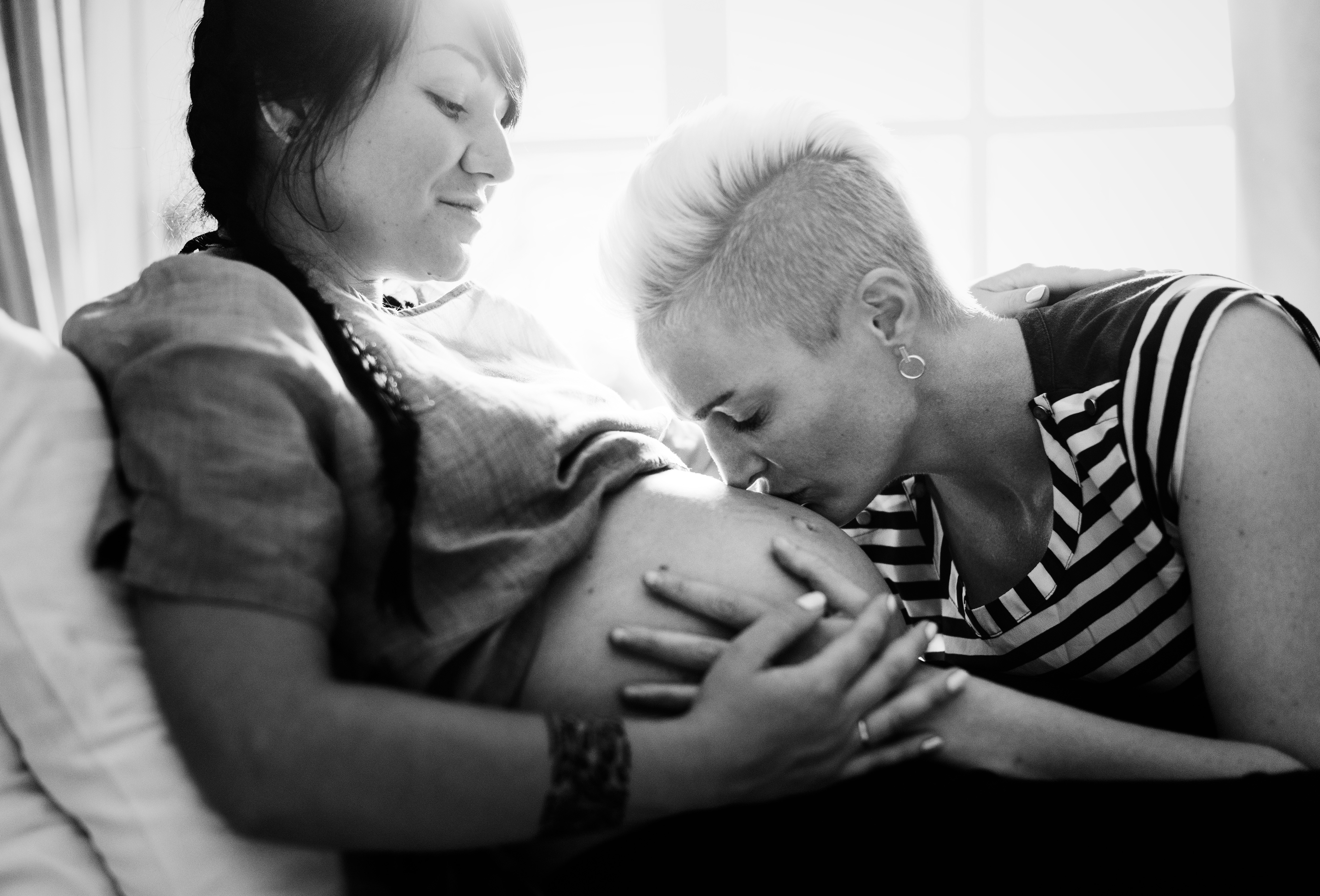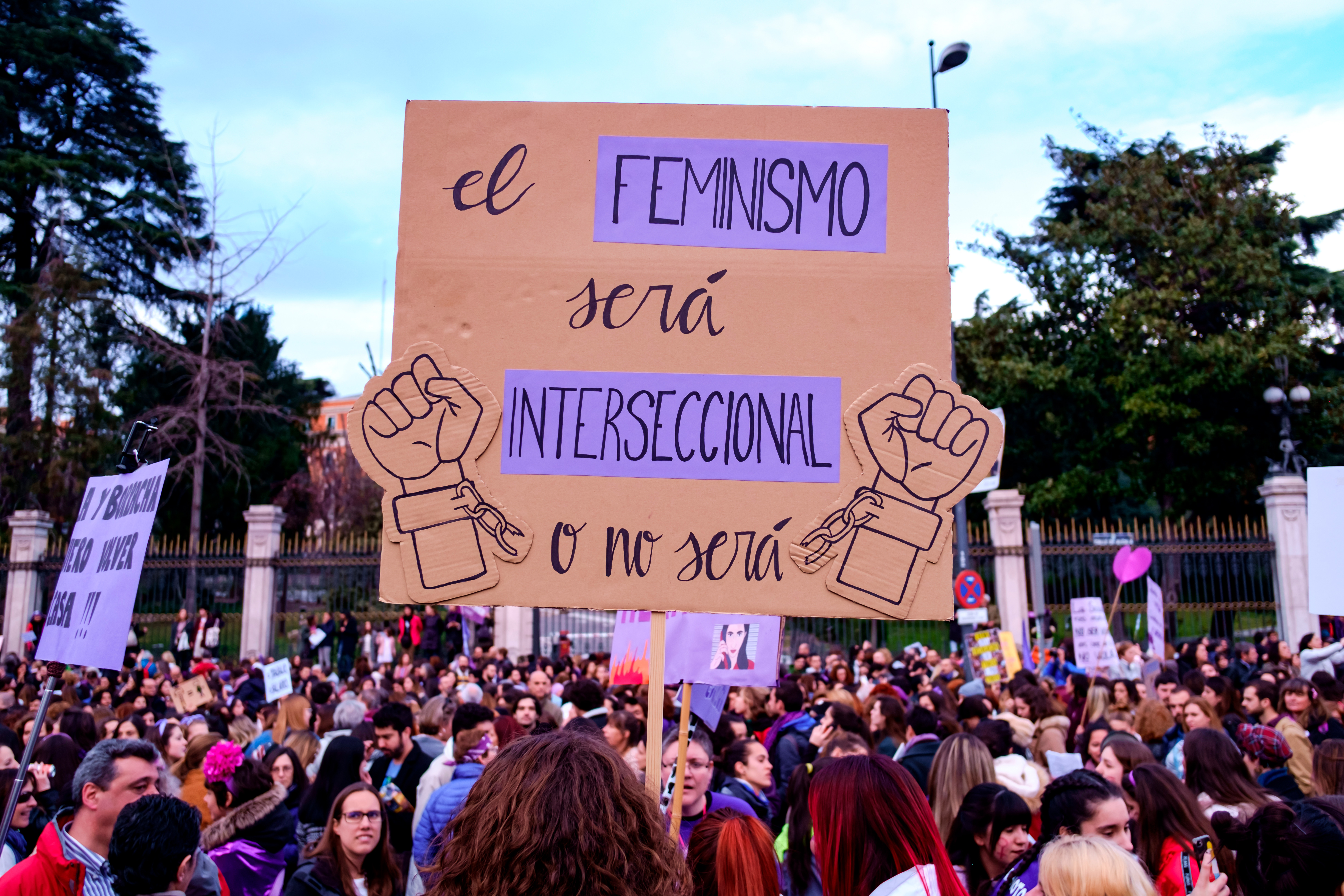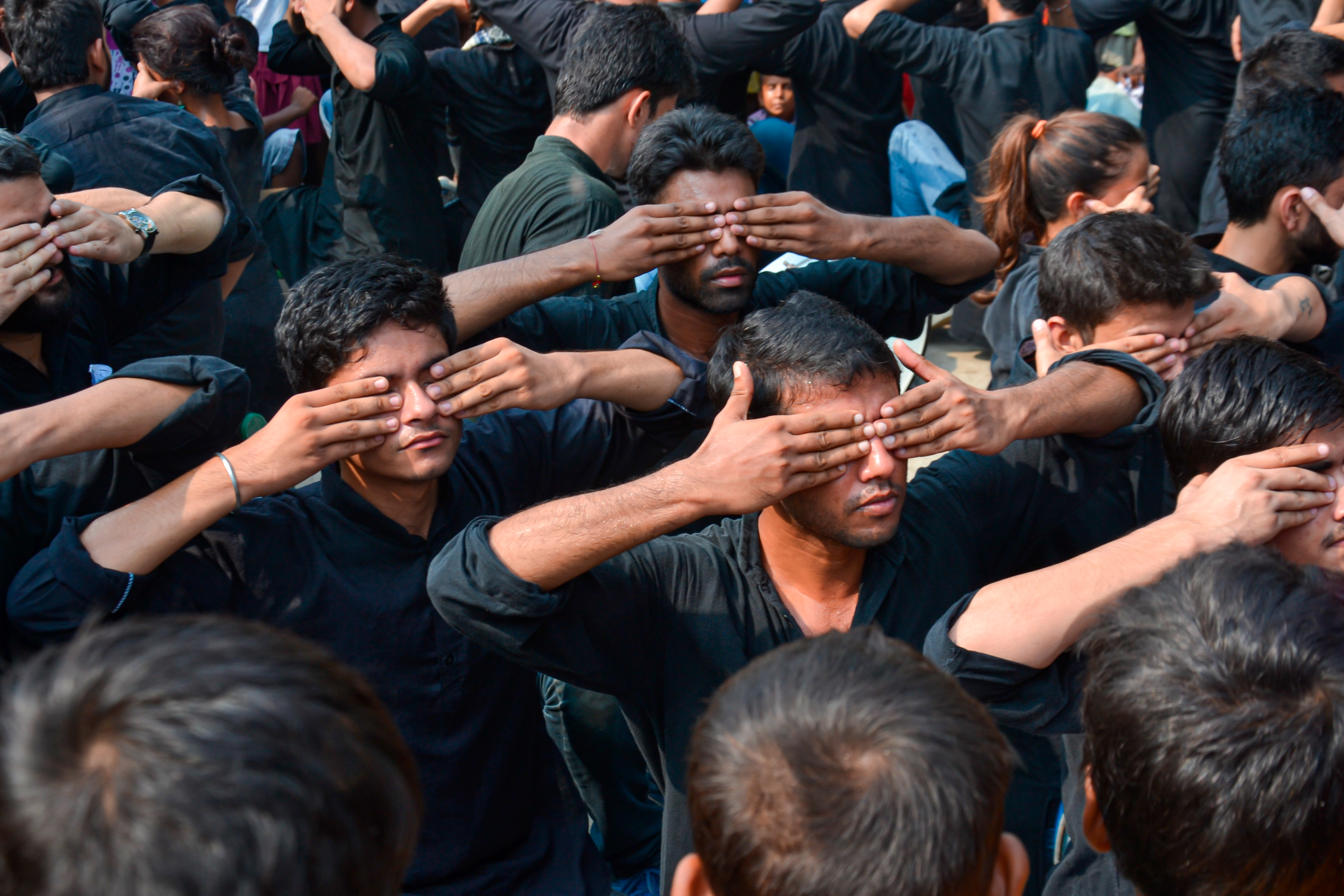There was a very productive anti-sexist men’s movement that created men’s groups, anti-sexist periodicals and men’s centres that kick-started a debate about how men might be different. In my opinion, feminism cannot succeed unless it addresses men and finds ways for men to respond to criticism and to change their behaviour. There’s a very strong tradition within feminist thinking of reaching out in hope to men and thinking about how sons, lovers and partners might step up to some feminist challenges. There’s also an awkward but positive tradition of engagements between women and men over questions of feminism, and in today’s movements men are more willing to call themselves feminists. Men such as Barack Obama have worn those wonderful T-shirts that say ‘This is what a feminist looks like’. I don’t think they would have worn them in the women’s liberation era when men were very careful to stay away from what they saw as a significantly “women-only” movement.
I’m hopeful that there are more men who feel as though feminism can be an identity that they work with and ally themselves to, but that they do so in a respectful way: men who manage to listen and who step out of the limelight to make it possible for women to inhabit those public spaces and be heard.


